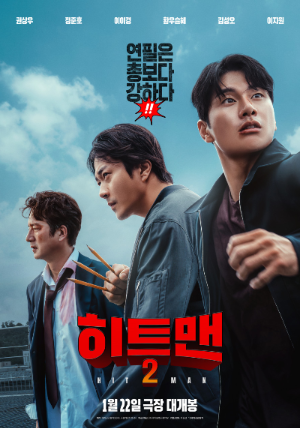
Introduction
Sound design plays an essential role in shaping the audience's cinematic experience. In action-packed thrillers like HITMAN 2 (2025), it’s not just the visuals that captivate but also the auditory elements that breathe life into every scene. From enhancing tension to complementing narrative pacing, sound design serves as an invisible yet crucial force. This blog explores HITMAN 2 (2025) from the perspective of a sound designer, dissecting how audio elements contribute to its box office success.
1. Immersive Soundscapes: Setting the Atmosphere
Creating a believable world is the cornerstone of any successful movie, and HITMAN 2 (2025) excels in this through its soundscapes. The film’s locations—ranging from bustling urban streets to isolated, tension-filled safehouses are brought to life with meticulous audio layering. Ambient noises, such as faint footsteps, the murmur of distant conversations, or the hum of a city at night, immerse viewers entirely. For instance, the film’s pivotal rooftop sniper scene integrates sound cues like wind whistling through open spaces and the subtle creak of a sniper rifle’s hinge. These details heighten realism, keeping viewers on the edge of their seats. By creating these vivid environments, the sound team ensures that audiences are transported directly into the world of HITMAN 2, a factor that significantly boosts its mass appeal.
2. Action-Packed Audio Design: Elevating Thrills
The heart of HITMAN 2 lies in its meticulously choreographed action sequences, made unforgettable through dynamic sound design. Explosions, gunshots, and hand-to-hand combat sequences are crafted with precision to strike a balance between realism and cinematic flair. For instance, each weapon in the film is given a distinct sonic identity, ensuring that viewers can almost “feel” the recoil with every shot fired. Moreover, the sound team’s use of silence before pivotal action moments amplifies the tension dramatically. In one sequence, the absence of sound right before an explosive ambush creates an emotional crescendo that leaves viewers breathless. Such deliberate manipulation of audio dynamics keeps audiences fully engaged, making action sequences a key driver for repeat viewings.
3. Emotional Resonance Through Musical Scoring
Beyond ambient sounds and action effects, HITMAN 2 relies heavily on its score to evoke emotions and deepen its narrative impact. The soundtrack transitions seamlessly between pulsating beats during high-octane chases and somber, haunting melodies in reflective moments. One standout example is the theme associated with the protagonist, Agent 47. The recurring use of a low, ominous piano riff intertwined with strings underscores his morally ambiguous nature, creating an emotional anchor for the audience. Additionally, the contrast between diegetic sounds (such as a record player during a pivotal character scene) and non-diegetic orchestral scores allows the film to strike an emotional chord that resonates long after the credits roll.
Conclusion
The sound design in HITMAN 2 (2025) is far more than an ancillary element; it is a fundamental contributor to the film’s success. By crafting immersive soundscapes, elevating action through precise audio effects, and leveraging music to evoke emotion, the movie delivers an unparalleled sensory experience. For a sound designer, HITMAN 2 serves as a masterclass in how sound can amplify cinematic storytelling and draw audiences back to theaters, solidifying its place as a box office hit. If future films follow this blueprint, the soundscape of cinema will continue to evolve, creating even richer experiences for viewers worldwide.